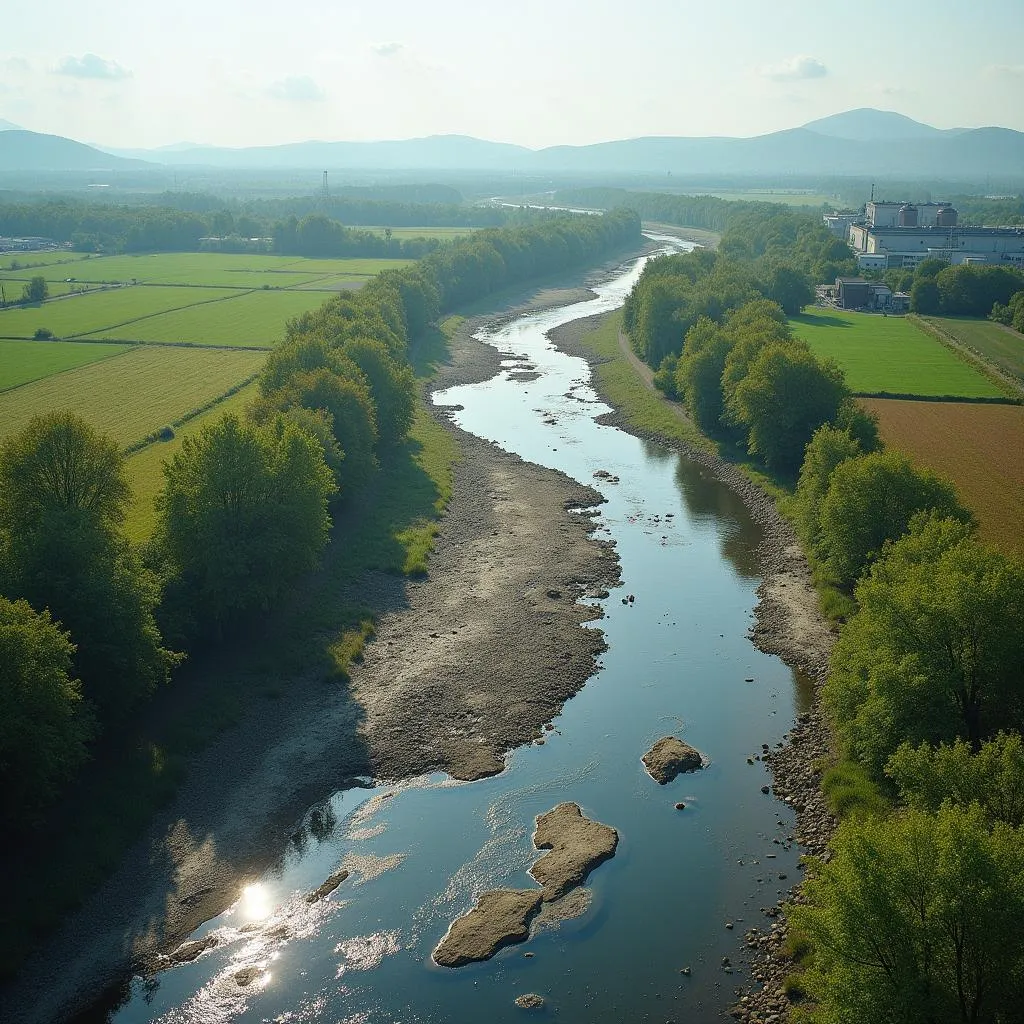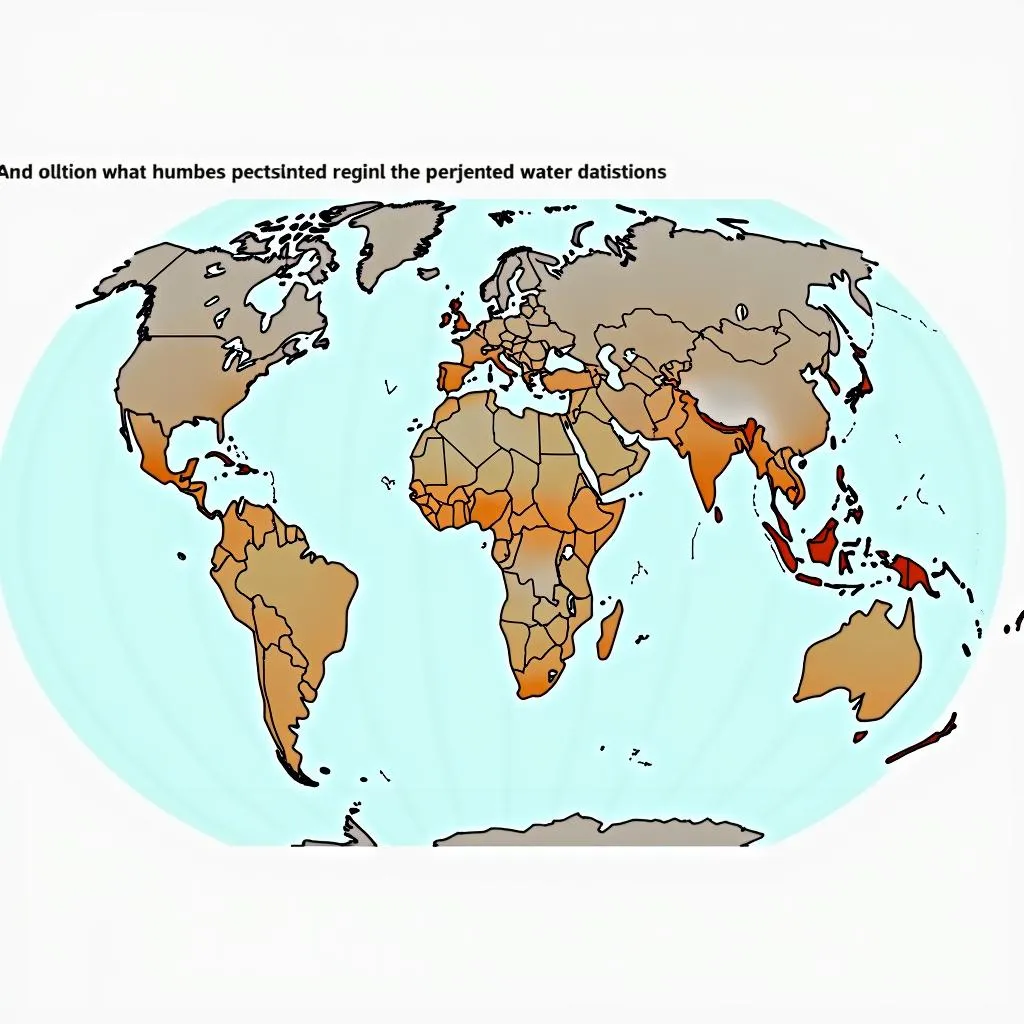The Summarize Written Text
In this article, we will present sample questions on Water Pollution and Ecosystem Conservation to help you practice and enhance your PTE skills.
Sample Summarize Written Text Question
Below is a typical PTE Summarize Written Text question based on water pollution and ecosystem conservation. Carefully read the passage provided and summarize the main point in the space below.
Question 1:
Despite global efforts to reduce water pollution, it remains a significant environmental issue. Human activities such as industrial discharge, agricultural runoff, and plastic waste disposal are major contributors to water contamination. These pollutants affect aquatic life, disrupt ecosystems, and can lead to the loss of biodiversity. At the same time, various conservation strategies—such as establishing marine protected areas and enhancing waste management—play a crucial role in mitigating the impact of water pollution. While policies and regulations are essential, public awareness and engagement are equally important in preserving aquatic ecosystems for future generations.
Write a one-sentence summary in 5-75 words:
Example Responses:
Band 90 Sample:
Water pollution, caused primarily by human activities such as industrial waste and agricultural runoff, continues to harm aquatic ecosystems despite conservation efforts, emphasizing the need for enhanced policies, public awareness, and resilient waste management solutions.
Analysis:
- Content: Excellent; captured the primary issues of human activities, pollution, and conservation efforts while addressing the need for public action.
- Form: 33 words, adhering to the rule of being concise yet comprehensive.
- Grammar: Accurate usage of clauses and punctuation.
- Vocabulary: High-level lexicon like “conservation efforts,” “resilient waste management,” “public awareness.”
- Spelling: No errors.
 Water pollution and ecosystem damage from industrial and agricultural runoff
Water pollution and ecosystem damage from industrial and agricultural runoff
Band 70 Sample:
Human activities like industrial waste and plastic pollution are important contributors to water pollution, yet conservation strategies and regulations are necessary to protect ecosystems.
Analysis:
- Content: Good; mentions major pollution sources and the need for conservation and regulations but lacks emphasis on public awareness.
- Form: 23 words, within the preferable range.
- Grammar: Correct use of sentence structure.
- Vocabulary: Moderate-level; words like “conservation strategies” work well but lack the complexity of a higher band answer.
- Spelling: No errors.
Band 60 Sample:
Water pollution is caused by human activities, and although things are being done to protect ecosystems, the situation remains troubling.
Analysis:
- Content: Needs improvement; the message is too vague and lacks specific causes or solutions discussed in the text.
- Form: 21 words; precise, but misses some key details.
- Grammar: Adequate, but could use more complexity in the sentence structure.
- Vocabulary: Simplified and lacking advanced terminologies like “industrial discharge,” “agricultural runoff,” or “biodiversity.”
- Spelling: No errors.
Question 2:
The global water crisis is a growing concern, threatening both human populations and ecosystems due to a complex intersection of issues such as water scarcity, pollution, and climate change. Pollutants from industries, households, and agricultural practices degrade water quality, leading to the destruction of aquatic habitats and the extinction of several species. Various efforts are underway to promote water conservation and ecosystem preservation, including legislation aimed at reducing contaminants, promoting sustainable water use, and enhancing infrastructure to provide global access to clean water.
Write a one-sentence summary in 5-75 words:
Example Responses:
Band 90 Sample:
The global water crisis, exacerbated by pollution, climate change, and human activities, poses serious threats to ecosystems and biodiversity, necessitating legislative actions, sustainable practices, and infrastructure improvements to ensure clean water access.
Analysis:
- Content: Excellent; clearly outlines the main issues while discussing solutions and the overall importance of sustainable infrastructure.
- Form: 31 words; provides a concise yet detailed summary.
- Grammar: Complex sentence structure with correct punctuation.
- Vocabulary: Choice of words such as “exacerbated,” “legislative actions,” and “biodiversity” elevates the response.
- Spelling: No errors.
 Global water crisis and threats to ecosystems from pollution and climate change
Global water crisis and threats to ecosystems from pollution and climate change
Band 70 Sample:
Water pollution and climate change are critical components of the global water crisis, requiring legislative measures and improvements in water access infrastructure to protect ecosystems.
Analysis:
- Content: Good; covers both causes and solutions but lacks details on human impacts and conservation strategies.
- Form: 26 words; could benefit from slightly more detail.
- Grammar: Appropriate for this band level.
- Vocabulary: Moderate, with clear but less complex terms such as “critical components” rather than “exacerbated issues.”
- Spelling: No errors.
Vocabulary and Grammar Focus
It is not uncommon to come across challenging vocabulary in the Summarize Written Text section. Below are 10 essential words from the practice passages, along with their definitions and example uses:
-
Contamination /ˌkənˌtamɪˈneɪʃ(ə)n/: The presence of harmful or infectious agents in the environment.
- Example: The contamination of water sources due to factory waste is a global issue.
-
Mitigate /ˈmɪtɪˌɡeɪt/: To reduce the severity or seriousness of something.
- Example: New policies help mitigate the effects of industrial pollution on rivers.
-
Biodiversity /ˌbaɪəʊdaɪˈvɜː(r)sɪti/: The variety of life in a habitat or ecosystem.
- Example: Conservation efforts aim to preserve biodiversity in marine environments.
-
Legislation /ˌlɛdʒɪsˈleɪʃ(ə)n/: Laws considered collectively, particularly those related to a specific area.
- Example: Governments passed strict legislation to control water pollution.
-
Agricultural runoff /æɡrɪˌkʌltʃərəl ˈrʌnˌɒf/: Water leaving agricultural fields that is contaminated with pesticides or fertilizers.
- Example: Agricultural runoff significantly contributes to river pollution.
-
Infrastructure /ˈɪnfrəˌstrʌktʃə(r)/: The basic physical systems of a country or region, e.g., water supply.
- Example: Upgrading water supply infrastructure can improve access to clean water.
-
Sustainable /səˈsteɪnəb(ə)l/: Able to be maintained over the long term without harming the environment.
- Example: Sustainable water use strategies are critical to addressing the global water crisis.
-
Extinction /ɪkˈstɪŋkʃən/: The state of a species that no longer exists.
- Example: Pollution has led to the extinction of various aquatic species in the polluted rivers.
-
Climate change /ˈklaɪmət ˌʧeɪndʒ/: Long-term alterations in temperature, precipitation, etc., due to human activity and natural processes.
- Example: Water systems across the globe are affected by climate change.
-
Ecosystem /ˈiː.kəʊˌsɪstəm/: A biological community interacting with its environment.
- Example: Protecting our ecosystem begins with reducing water pollution from industrial sources.
 Water vocabulary involving terms related to conservation and ecological protection
Water vocabulary involving terms related to conservation and ecological protection
Conclusion
The Summarize Written Text section of the PTE Speaking & Writing is a useful test to evaluate how well candidates can distill complex information. Topics such as water pollution and ecosystem conservation frequently appear in the PTE exam, hinting at the importance of understanding global environmental issues. Practicing with sample questions like these can significantly enhance your comprehension and summarization skills, key to securing a high score. Keep honing your technique, and consider using similar materials from related subjects, such as Ocean conservation and marine life protection or Global water crisis and conservation efforts, for more comprehensive preparation.